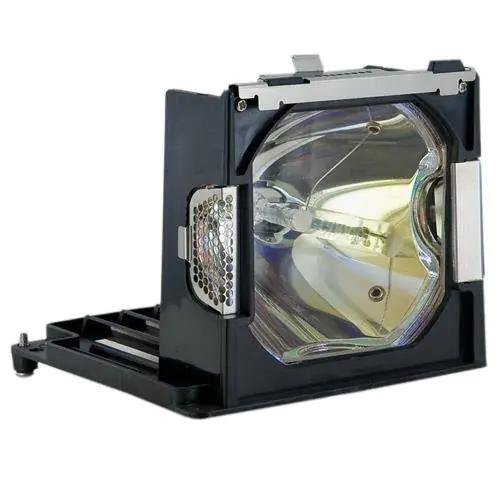The key element of the LCD matrix are the so-called liquid crystals, i.e. a substance that dynamically changes its ability to polarize light due to the electrical voltage applied to it. Whitenergy LCD panels are 100% new products of confirmed, high quality. The reliability of the matrices is based on the technological experience of manufacturers such as Samsung, LG Philips, HannStar, AU Optronics or Chunghwa. A wide range of articles allows you to choose the right product.
Every LCD screen requires lighting. Our offer includes the two most popular types of lighting, i.e. cold cathodes (CCFL) and LEDs. The use of both methods does not affect the use in any way and does not reduce the image quality.
Each type of matrix is closely related to its resolution. Each resolution indicates the aspect ratio of pixels and their number. The resolution of the sensor only affects the performance of the canvas (on higher resolution sensors there is a more efficient working area and you can see more elements), not the image quality.
Not always, however, the higher the resolution, the better the matrix. Relatively small devices should not have too high resolution, because the visibility of elements on the screen may be too low! Our offer includes a wide range of matrices, with different resolutions (from e.g. 800x600 to HD resolution).
The brightness of the matrix determines the intensity of light emitted by the monitor. Our matrices have a typical resolution found in the best manufacturers and it is 250 Cd / m2. This is a typical value. Too bright matrix can tire the eyes, and with a smaller value of this parameter will not properly display the image (it will give the impression of being too dark!)
Contrast is the ratio of the lowest brightness that the sensor can emit to the highest brightness. Our matrices have contrasts of at least 700: 1, which is considered very good.
The high level of contrast in our sensors allows for a more precise and accurate display of darker shades. In practice, more details are visible on our matrices, which positively affects the work with, for example, dark elements. An additional advantage of Whitenergy matrices is the display of well-saturated colors.
The principle of operation of the LCD matrix is such that individual pixels are lit and extinguished to create a dynamic image. Our matrices have very good response times, which reduces the so-called "smudging effect", i.e. leaving traces in dynamic scenes, resembling streaks. Response time is a very important parameter when using multimedia and games, with other applications of the device, it is of secondary importance.
Our matrices have a typical response time of 8 ms and 25 ms. These are real response times, used in matrices of top brands. Often, manufacturers give a response time below 6s and these parameters are usually untrue, so when you buy a Whitenergy matrix, you can be sure that every parameter is correct and consistent with reality.
Our matrices have a standard viewing angle of 178/178o. This is the value measured from the center of the screen, i.e. dividing the matrix "in half" on each side, without losing the quality of the image seen, the angle is 89o for the right side and 89o for the left. Exactly the same parameters are for the angle of view up / down. Lower than standard parameters used in poorer quality matrices may interfere with work and cause inaccurate vision of objects. When you buy a Whitenergy matrix, you can always be sure that you are investing in high quality, at the level of every parameter.
In our offer there are matrices in two varieties. The first type are classic matte matrices, and the second - glossy matrices, i.e. matrices coated with an additional highly reflective layer. In glossy matrices, colors are more vivid and saturated, however, when the workplace or use of the device will be exposed to harsh lighting, we recommend using matte matrices, thanks to which work will not be hindered. However, if you use your computer in constant light conditions, we recommend glossy sensors.
The matrix used in LCD panels has hundreds of thousands or even millions of pixels. With such a quantity, it is relatively easy for any of the pixels to be damaged. More specifically, the damage to a pixel is that it does not respond to electrical charges. This is manifested by the fact that very small points with a color different color than the one currently displayed may be visible on the monitor screen.
Each of our matrices is manufactured according to the applicable ISO 13406-2 standard. The standard is very restrictive and assumes that the number of dead pixels should not exceed 3 pixels in the area of 5x5 pixels (this applies to class I matrices). Our matrices in the research obtained from 1 to 2 pixels, in many cases this value was even 0.




